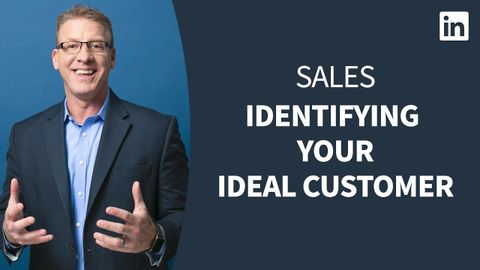銷售教程 - 識別理想客戶 (Sales Tutorial - Identifying ideal customers)
Summer 發佈於 2023 年 01 月 25 日  沒有此條件下的單字
沒有此條件下的單字US /pəˈtɛnʃəl/
・
UK /pəˈtenʃl/
- adj.可能的;潛在的;潛在的
- n. (u.)潛力,潛能
- n. (c./u.)潛力;潛能;潛在候選人;勢
US /əˈprəʊtʃ/
・
UK /ə'prəʊtʃ/
- v.t./i.逼近;找...商量
- n. (c./u.)通道;入口;接洽;處理方式;方法
US /ɪˈfɛktɪv/
・
UK /ɪˈfektɪv/
US /əˈtɛmpt/
・
UK /ə'tempt/
